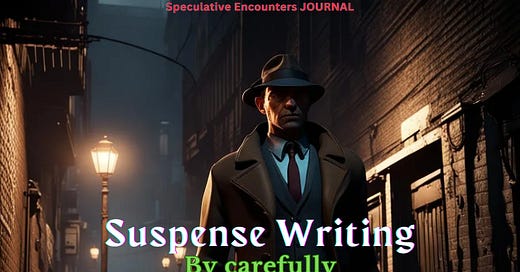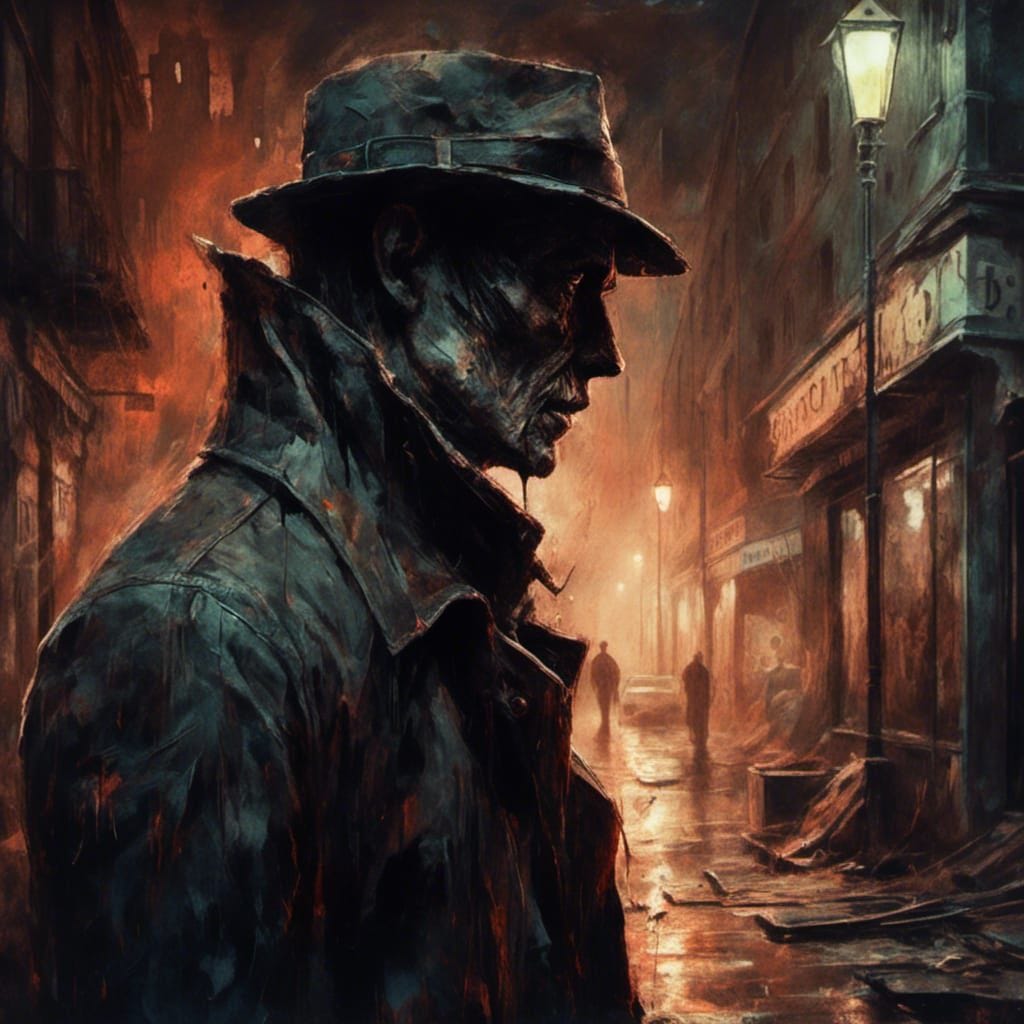Suspense Writing
By carefully orchestrating tension, character dynamics, revelations, and atmosphere, writers craft stories that enthrall readers, making them a part of the thrilling journey into the unknown.
Suspense: A Guide to Gripping Storytelling
Suspense writing isn’t just about making your readers bite their nails or sit on the edge of their seats. It's more like weaving a tale that's as unpredictable as life itself, making folks eager to flip through the pages while nervously glancing over their shoulders. To ace this genre, you need to mix just the right amount of thrill, mystery, and a dash of the unexpected.
Plot Weaving: Your story needs a backbone. Craft a tale that hooks your audience from the start. Think of a problem for your main character that unravels gradually. Maybe it's a detective chasing a criminal whose true identity remains a well-kept secret until the end. The key here? Keep things fresh and unpredictable without losing sight of where the story’s heading.
Character Crafting: Your characters aren’t just names on paper; they’re the soul of your story. The main character, or the hero, should be flawed yet relatable, facing challenges that test their limits. The antagonist, like a menacing villain, must have depth and reasons behind their actions, making their conflict with the hero all the more intense. Even the supporting cast should have their quirks and motives to add spice to your narrative.
Setting the Scene: The backdrop of your story matters as much as the characters themselves. Pick a place that breathes life into your tale—a creepy old house or a bustling city with secrets lurking in its alleys. Describe it vividly, using sights, sounds, and smells to transport your readers right into the heart of your story.
Pacing Matters: Think of your story as a rollercoaster ride—fast, slow, and thrilling. Use short, punchy sentences and chapters to keep the adrenaline pumping. Sprinkle surprises and moments of tension to keep readers hooked. But don’t forget to pause sometimes, allowing readers to catch their breath and absorb crucial details.
Style Crafting: How you tell the story is as important as the story itself. Use words that paint a picture in your reader's mind. Be direct and vivid; avoid beating around the bush. Show the characters’ thoughts and feelings through their words and actions, giving readers a glimpse into their minds.
Twists and Turns: Spice up your story with unexpected surprises. Subvert expectations or throw in a curveball when the reader least expects it. The best twists leave readers shocked but satisfied, making them eager for more.
Tension Building: Keep the pressure cooker hissing. Create tension by dangling unanswered questions or by placing your characters in perilous situations. The unresolved keeps readers frantically flipping pages to discover what happens next.
By balancing these elements—plot, characters, setting, pace, style, twists, and tension—you'll craft a story that captivates readers, keeping them glued to every word till the very end. It's the art of spinning a tale that haunts their thoughts even after they've read the final page.
<The articles below explore the seven topics above.>
Keep reading with a 7-day free trial
Subscribe to StoryAngles to keep reading this post and get 7 days of free access to the full post archives.





